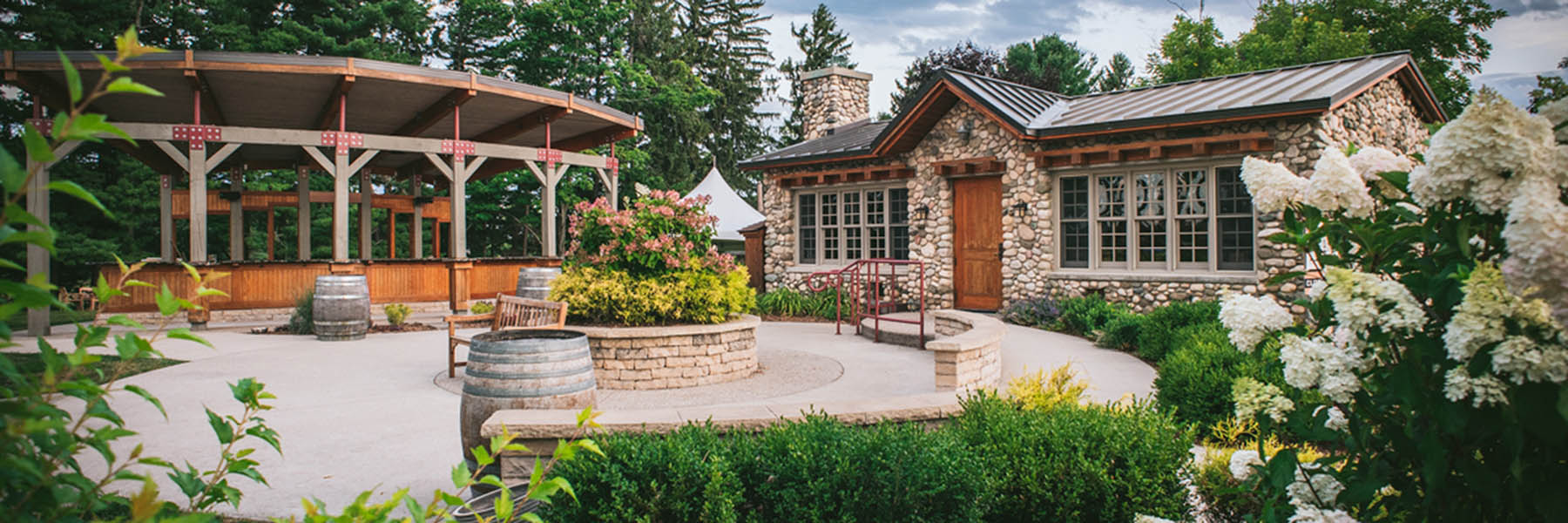Thursday March 29, 2018

Popping up on nearly every enthusiastic sommelier's wine list these days, “orange wine” seems to be the next exciting new style the world of wine, leaving you with the question: “So what is orange wine?” Like so much of the wine world, orange wine is both new and old, often leaving us with a lengthy discourse on ancient methods using clay aging vessels in Caucusus (Georgia!) earth for up to a year. This is very interesting information, and you should read up on it when given the opportunity.
I will briefly tell you what an orange wine is, then we will talk about what is going on TODAY! Orange wines have nothing to do with oranges, but are made with traditional white wine grape varietals. Typical white table wine production necessitates immediate pressing of the juice from the skins, which is then fermented in a reductive atmosphere (low oxygen). When making an orange wine, the juice and skins are left in contact with each other, just as a red wine is produced, and allowed to ‘breath’ plenty of oxygen. These white varietals also have less overall tannins, which protect against oxidation, than their red counterparts and thus this light oxidation that occurs helps give an orange wine it’s color. The level of tannin extraction and oxidation that occur are dependent on how long the skins are left in contact with the juice and exposed to oxygen, respectively. The longer these techniques are employed typically increase the ‘big and bold’ profile of each wine.
So now you know how they are made, but what varietals are they made from? Some of these varietals are well known to westerners, such as the ubiquitously planted Pinot Grigio and Chardonnay, yet others like Rkatsitelli, Friulano, and Tokaij are more well known, and grown, in places such as northeastern Italy, Slovenia, and Georgia. The region often defines the variety, so you should choose your region and then enjoy the taste and style that accompany it. These varieties and the plethora of techniques employed by winemakers offer unending palette adventures…try them all…drink more wine!

Speaking of wines that you should try, here is the punchline to why I am writing an article on orange wine - we have made one here at Shady Lane Cellars! We have chosen Riesling as our sole ingredient in this beautiful wine. We feel it is clearly the most indicative variety to our growing region. Riesling berries also possess an abundance of terpenes (think aromatics) and have a high tannin level, respective to white varietals. These qualities have led to produce a wine that is quite complex in aroma, flavor and mouthfeel; we are ecstatic with how it has progressed and evolved! Our extraction method is fairly modern: we crushed our fruit into small stainless-steel vats and let them cold soak, breath, and ferment on the skins for about three weeks. As sexy as it sounds to hand dig clay from the property and craft our own Kvevri, we simply do not have time or space to employ these methods.
We chose to name our orange Riesling Pomeranz, which means importer of bitter Seville oranges in German. Upon opening a bottle of our Pomeranz, you will discover flavors and aromas of dried apricot, white tea, dried orange peel, and earth notes, combined with more texture due to the elevated tannin levels. We hope you enjoy the adventure of discovering this new wine.
Purchase Pomeranz Today - $26

Andy Fles - Vineyard Manager


